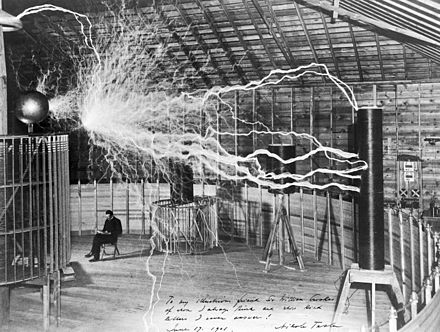We grow up thinking certain preconceived notions about our bodies. Probe a little deeper and you’ll find not everything we were taught is true. Take our senses for example. Think you have only five?
Scientists say there are far more but disagree on the exact number. Most of those familiar with the matter say there are between 14 and 20, depending on how you define a sense. Perhaps the simplest definition is: a sense is a channel through which your body can observe itself or the outside world.
You’re familiar with the big five: vision, hearing, smell, touch, and taste. But have you ever heard of proprioception? If you close your eyes and lift a finger to your nose, you know exactly where it is, without seeing it. Proprioception is our ability to innately tell where our appendages, muscles, and other body parts are in space. You’re able to place that finger on the tip of your nose in total darkness, thanks to this sense.
Proprioception is one of the reasons that some people feel sick inside of VR, because if their internal sense of where their body is spatially and what it is doing doesn’t match with what the eyes are telling the brain then there is a conflict that can make people feel quite nauseous.
Our senses can also be quite easily fooled and are often the source of many a magic trick, illusion or mystery. This subjective view of reality has even divided the world on a few occasions thanks to the internet. Such instances as the image of a dress or a sound that people appear to see or hear entirely different things.
So even if we do mostly have the same senses it seems we do not agree on what those senses are telling us.
Imagine being able to hear or taste colours or see music swirling before your eyes. No, this isn’t some groovy flashback to the psychedelic '60s. It’s actually a neurological condition called synesthesia, which activates more than one sense simultaneously. According to some estimates as many as 1 in 200 people have it. The most common type involves perceiving numbers, letters or words in colour. However, other synesthetes, for example, may hear “The Star-Spangled Banner” whenever they taste chocolate or smell lavender when someone touches their hand. The multi-sensual combinations are practically endless.
So what does this say of our reality? One person’s reality may seem very different to another person’s reality. This can be demonstrated very easily in the case of colourblindness for example.
If a person was born entirely blind would they ever understand what the colour red is? Can you describe it? I mean sure we can give a scientific answer and say that it is part of the electromagnetic spectrum etc. but to the blind person they could never know this part of reality.
As we move deeper into the twenty-first century there is a major trend to enhance the body with “cyborg technology”. In fact, due to medical necessity, there are currently millions of people worldwide equipped with prosthetic devices to restore lost functions, and there is a growing DIY movement to self-enhance the body to create new senses or to enhance current senses to “beyond normal” levels of performance. From prosthetic limbs, artificial heart pacers and defibrillators, implants creating brain-computer interfaces, cochlear implants, a retinal prosthesis, magnets as implants, exoskeletons, and a host of other enhancement technologies, the human body is becoming more mechanical and computational and thus less biological. This trend will continue to accelerate as the body becomes transformed into an information processing technology, which ultimately will challenge one’s sense of identity and what it means to be human.
Might we one day be able to fill the blood with nano-bots tiny machines that repair our cells, relegating the organ and hip replacements of today, marvellous as they are, to a museum of antiquated technology? Or will we achieve that not through the perfection of the machinist’s art but through the next steps in the path trod by Luther Burbank? Amazing work is happening today in synthetic biology and gene engineering.
George Church and his colleagues at Harvard are beginning a controversial 10-year project to create from scratch a complete human genome. Ryan Phelan and Stewart Brand’s Revive and Restore project is working to use gene engineering to restore genetic diversity to endangered species, and perhaps one day to bring extinct species back to life. Technologies like CRISPR-Cas9 allow researchers to rewrite the DNA inside living organisms.
Neurotech direct interfaces between machines and the brain and nervous system is another frontier. There has been great progress in creating prosthetic limbs that provide sensory feedback and respond directly to the mind. On the further edges of innovation, Bryan Johnson, the founder of Braintree, an online payments company sold to PayPal for $800 million, has used the proceeds to found a company whose goal is to build a neural memory implant as a cure for Alzheimer’s disease. Bryan is convinced that it’s time for neuroscience to come out of the labs and fuel an entrepreneurial revolution, not merely repairing damaged brains but enhancing human intelligence.
Bryan is not the only high-profile neurotech entrepreneur. Thomas Reardon, the creator of Microsoft’s Internet Explorer web browser, retired from Microsoft to pursue a Ph.D. in neuroscience and in 2016 cofounded a company called CTRL-Labs to produce the first consumer brain-machine interface. As Reardon noted in an email to me, “Every digital experience can and should be controlled by the neurons which deliver the output of your thoughts, those neurons which directly innervate your muscles.” This is a brilliant combination of neuroscience and computer science. “The kernel of our work is held in the machine-learning models which translate biophysical signals, even at the level of individual neurons to give you control over digital experiences.”
Elon Musk joined the parade in 2017 with a company called Neuralink that is, according to Elon, “aiming to bring something to market that helps with certain severe brain injuries (stroke, cancer lesion, congenital) in about four years.” But as Tim Urban, the author of the Wait But Why blog, who was given extensive access to the Neuralink team, explains, “When Elon builds a company, its core initial strategy is usually to create the match that will ignite the industry and get the Human Colossus working on the cause.” Proving that a profitable, self-sustaining business can be created in an untried area is a way to get everyone else piling onto the new opportunity. That is, like Bryan Johnson, Elon’s vision is not just to build a company, but to build a new industry.
In the case of Neuralink, that new industry is a generalized brain-machine interface that would allow humans and computers to interoperate far more efficiently. “You’re already digitally superhuman,” Elon notes, referring to the augmentation that our digital devices already give to us. But, he notes, our interfaces to those devices are painfully slow typing on keyboards or even speaking aloud. “We should be able to improve that by many orders of magnitude with a direct neural interface.”
These technologies raise questions as profound as any in the world of artificial intelligence. Like other tools of enormous power, they may come into common use through tumultuous, violent adolescence. Yet I suspect that in the end, we will find ways to use them to make ourselves live longer, happier, more fulfilled lives.
AI is not some kind of radical discontinuity. AI is not the machine from the future that is hostile to human values and will put us all out of work. AI is the next step in the spread and usefulness of knowledge, which is the true source of the wealth of nations. We should not fear it. We should put it to work, intentionally and thoughtfully, in ways that create more value for society than they disrupt. It is already being used to enhance, not replace, human intelligence.
#AGICHAT #futurism #artificialintelligence #debate singularitynet #emergingtechnologies #futureofreality #decentralisation #cyborg #brainmachineinterface

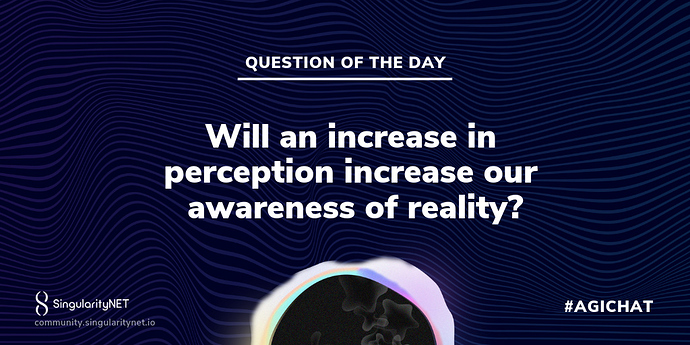

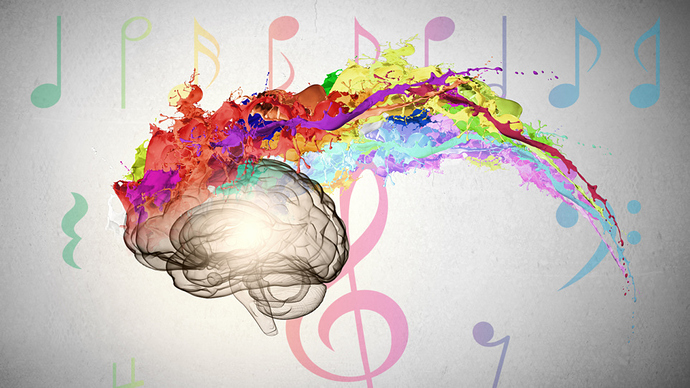
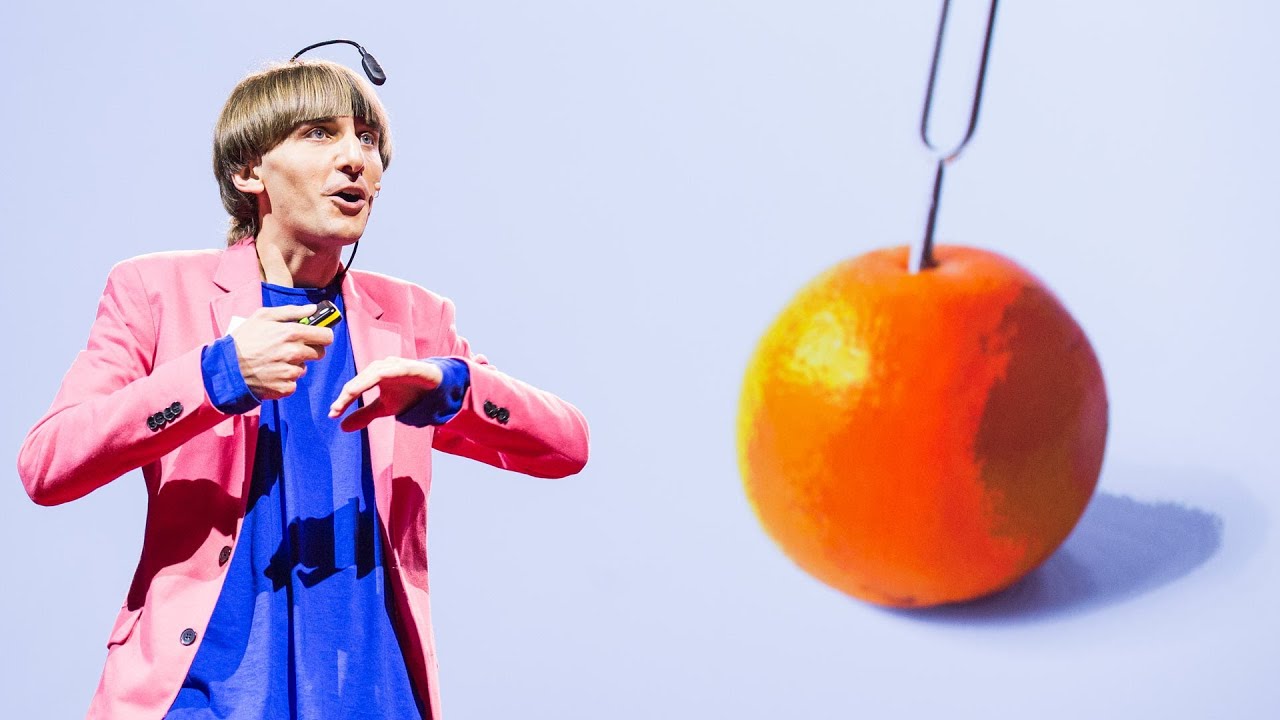
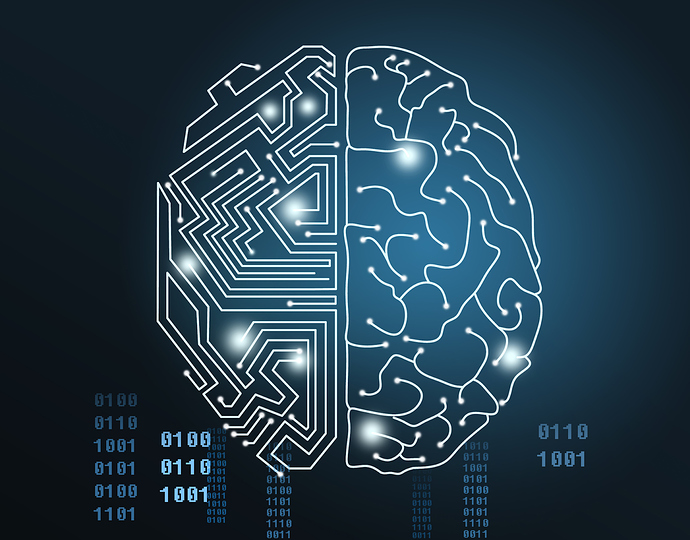
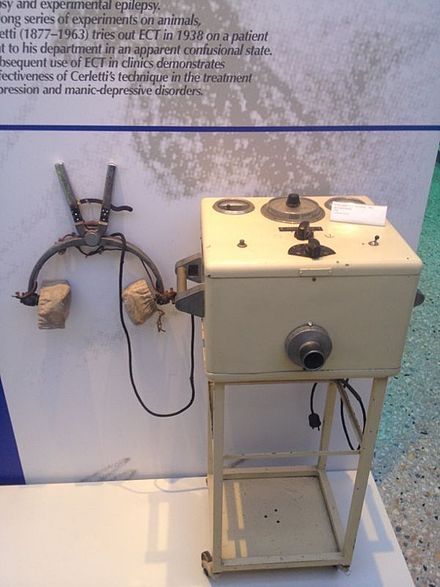
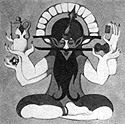


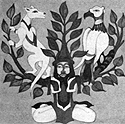


 Kame, pronounced Ka-may.
Kame, pronounced Ka-may. Pelli built this.
Pelli built this.